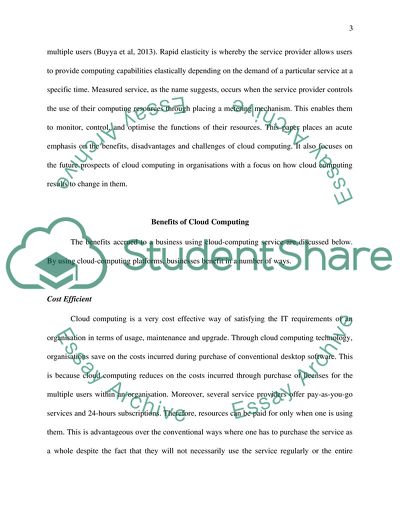Cite this document
(“Discuss&Critical analyse cloud computing affords opportunities/forces Assignment”, n.d.)
Discuss&Critical analyse cloud computing affords opportunities/forces Assignment. Retrieved from https://studentshare.org/information-technology/1640878-discusscritical-analyse-cloud-computing-affords-opportunitiesforces-change-in-organisations
Discuss&Critical analyse cloud computing affords opportunities/forces Assignment. Retrieved from https://studentshare.org/information-technology/1640878-discusscritical-analyse-cloud-computing-affords-opportunitiesforces-change-in-organisations
(Discuss&Critical Analyse Cloud Computing Affords opportunities/Forces Assignment)
Discuss&Critical Analyse Cloud Computing Affords opportunities/Forces Assignment. https://studentshare.org/information-technology/1640878-discusscritical-analyse-cloud-computing-affords-opportunitiesforces-change-in-organisations.
Discuss&Critical Analyse Cloud Computing Affords opportunities/Forces Assignment. https://studentshare.org/information-technology/1640878-discusscritical-analyse-cloud-computing-affords-opportunitiesforces-change-in-organisations.
“Discuss&Critical Analyse Cloud Computing Affords opportunities/Forces Assignment”, n.d. https://studentshare.org/information-technology/1640878-discusscritical-analyse-cloud-computing-affords-opportunitiesforces-change-in-organisations.


